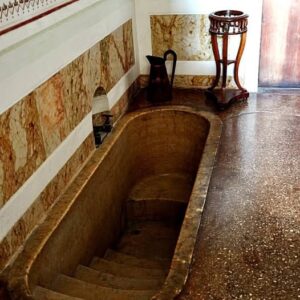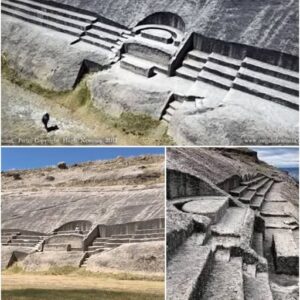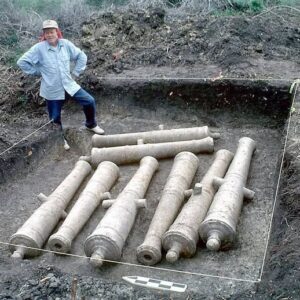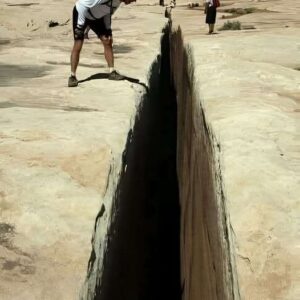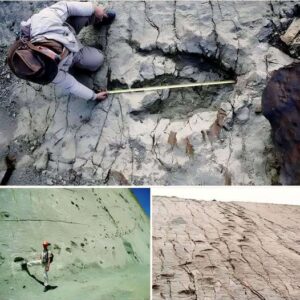In 2021, the remarkable find of a mummy in an underground tomb in Peru has stirred the archaeological community. The mummy, tightly bound in ropes and concealing its face with its hands, was unearthed by experts from the National University of San Marcos at the historic site of Cajamarquilla, located approximately 15.5 miles from Lima, Peru’s capital. Remarkably, the mummy is believed to be aged between 800 and 1200 years old, shedding light on ancient burial practices in the region.
The distinct pose of the mummy, wrapped in ropes and positioned in a fetal posture, initially evokes a sense of mystery and eeriness. However, researchers suggest that this particular positioning was a customary funeral rite observed in southern Peru during that period. This discovery offers a rare glimpse into the burial traditions and cultural beliefs of the ancient Peruvian civilization.

Alongside the enigmatic mummy, the tomb also yielded a trove of archaeological artifacts, including intricate ceramics, remnants of ancient vegetables, and stone tools. These findings provide valuable insights into the daily life, rituals, and material culture of the civilization that inhabited the region centuries ago.
The presence of the mummy, meticulously preserved within the tomb, offers a unique opportunity for researchers to study ancient mortuary practices, burial customs, and societal norms prevalent in pre-Columbian Peru. The discovery underscores the enduring intrigue and fascination surrounding the mysteries of the past and the enduring legacy of ancient civilizations.
As experts delve further into the analysis of this extraordinary finding, the mummy’s intricate bindings, protective posture, and accompanying relics are poised to unravel additional secrets about the rich tapestry of Peru’s archaeological heritage. This discovery serves as a reminder of the profound significance of preserving and studying our shared human history, encapsulated within the enigmatic embrace of a mummy from centuries past.
